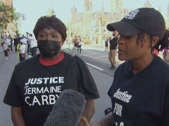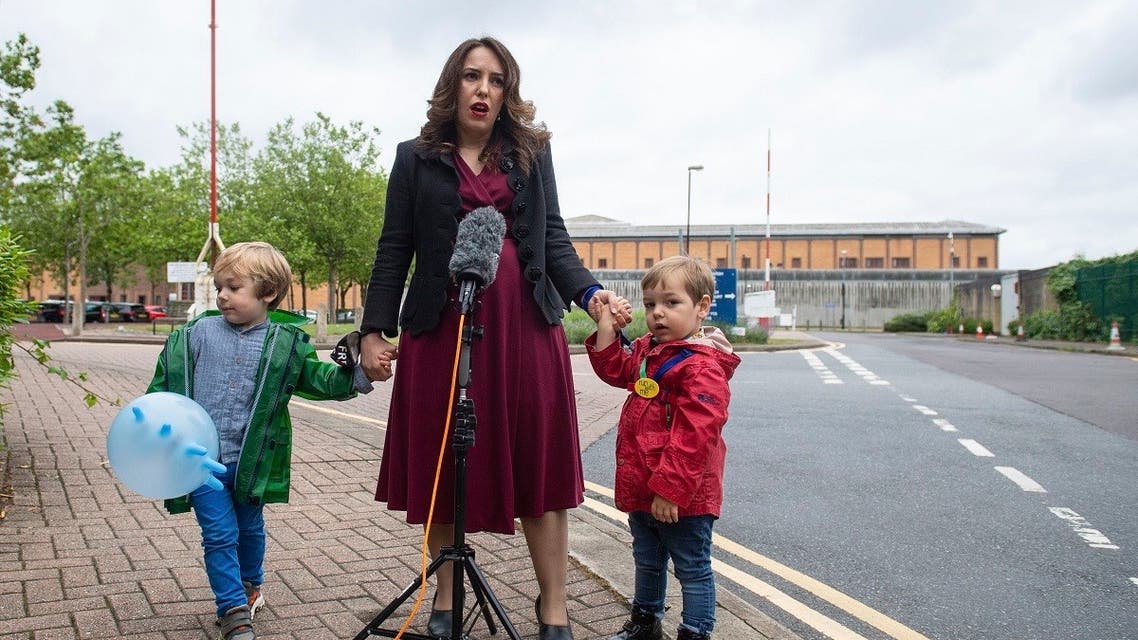First-of-a-kind study reveals Canada’s most vulnerable eco-regions
Nathan Howes
WEATHER NETWORK
JUNE 19/2021
Embedded content: https://players.brightcove.net/1942203455001/B1CSR9sVf_default/index.html?videoId=6237786286001
Conservation isn't just about saving Canada's endangered species, it's also about restoring and protecting nature, so future generations can continue to reap the benefits it provides.
That's why the Nature Conservancy of Canada (NCC) has conducted and released the first study of its kind in the country's most populated sector -- the Conservation Assessment for Southern Canada (CASC). The organization reviewed 77 ecological regions including nine crisis eco-regions, where wildlife and their habitats are the most diverse and under the greatest threats.
SEE ALSO: Canadians explore nature more to relieve COVID-19 pandemic stress
The analysis focused on endangered species and habitats, land use and wildlife corridors. Eco-regions were classified based on their biodiversity and threats compared to other eco-areas in Southern Canada. The regions cover many of the major cities, such as Toronto, Ottawa, Montreal, Edmonton and Vancouver, along with many smaller communities.
The study was published in the journal Biodiversity and Conservation. The full analysis and details of the eco-regions including nine crisis territories can be found here.
The eco-regions are a "great way of looking at our country through an ecosystem lens," said Dan Kraus, NCC's senior conservation biologist, who recently spoke to The Weather Network about the study.

Embedded content: https://players.brightcove.net/1942203455001/B1CSR9sVf_default/index.html?videoId=6237786286001
Conservation isn't just about saving Canada's endangered species, it's also about restoring and protecting nature, so future generations can continue to reap the benefits it provides.
That's why the Nature Conservancy of Canada (NCC) has conducted and released the first study of its kind in the country's most populated sector -- the Conservation Assessment for Southern Canada (CASC). The organization reviewed 77 ecological regions including nine crisis eco-regions, where wildlife and their habitats are the most diverse and under the greatest threats.
SEE ALSO: Canadians explore nature more to relieve COVID-19 pandemic stress
The analysis focused on endangered species and habitats, land use and wildlife corridors. Eco-regions were classified based on their biodiversity and threats compared to other eco-areas in Southern Canada. The regions cover many of the major cities, such as Toronto, Ottawa, Montreal, Edmonton and Vancouver, along with many smaller communities.
The study was published in the journal Biodiversity and Conservation. The full analysis and details of the eco-regions including nine crisis territories can be found here.
The eco-regions are a "great way of looking at our country through an ecosystem lens," said Dan Kraus, NCC's senior conservation biologist, who recently spoke to The Weather Network about the study.

© Provided by The Weather Network
Backus Woods nature preserve in Walsingham, Ont. Photo: Nature Conservancy of Canada.
"That way we’re able to rank these eco-regions in terms of what’s happening, what are some of the opportunities for conservation and identify places where maybe we need to accelerate our efforts to protect wildlife and wild spaces," said Kraus.
"Southern Canada is where most endangered species are and where most Canadians live. As a result, it’s where our wildlife and habitats are at the greatest risk.”
"That way we’re able to rank these eco-regions in terms of what’s happening, what are some of the opportunities for conservation and identify places where maybe we need to accelerate our efforts to protect wildlife and wild spaces," said Kraus.
"Southern Canada is where most endangered species are and where most Canadians live. As a result, it’s where our wildlife and habitats are at the greatest risk.”
CRISIS REGIONS, AREAS WITH HIGHEST NUMBER OF THREATENED SPECIES
The nine crisis eco-regions identified represent less than five per cent of Canada. They are situated in Canada’s most heavily settled landscapes, where 70 per cent of people live, according to NCC. More than 60 per cent of Canada’s species at risk are found in these eco-regions, which generally have few existing protected areas or remaining natural areas.
Southwestern Ontario contains more than 130 of Canada’s most endangered species -- the highest of anywhere else in the country, according to the study. Other regions with a high number of species of national and global concern include parts of Vancouver Island, particularly the eastern sections, the Prairies and portions of the Maritimes including southwestern Nova Scotia and P.E.I.

© Provided by The Weather Network
Sharp-tailed snake. Photo: Marsgal Hedin.
Although the NCC began developing conservation assessments for broad areas in Canada 20 years ago, the group decided to examine the southern half of the country as a whole would help put its work into context and how it contributes to the protection of local and national biodiversity, Kraus said.
“It would also be great for the people if they can identify the ecological region they live in because ultimately the decisions about conservation, the decisions about the species we save and species we lose will be up to the people living in those regions,” said Kraus.
STUDY ALSO HIGHLIGHTS 'BRIGHT SPOTS' ACROSS CANADA
The study may paint a grim picture about the state of Canada's biodiversity in many regions, but it also has an optimistic tone to it -- to highlight "bright spots across the country where conservation is working and working well, including many Nature Conservancy of Canada projects," Kraus said.

© Provided by The Weather Network
Foxner Nature Reserve, N.B. Photo: Mike Dembeck.
"Our challenge now is to replicate some of those success stories and to amplify them, and to stop the loss of habitats and species in our country," said Kraus.
The next 10 years are going to be the “most exciting in Canada’s history for conservation,” Kraus said, as the federal government has some “ambitious” plans in terms of expanding the parks and protected areas.
“Nature Conservancy of Canada will use studies like this to help direct us to the places where conservation work is not just important, but urgent. The decisions we make in the next 10 years are going to have an effect on nature in our country forever,” said Kraus.
Thumbnail courtesy of Nature Conservancy of Canada, of the Clayoquot Island Preserve in British Columbia.
Nathan Howes can be followed on Twitter: @HowesNathan.
"Our challenge now is to replicate some of those success stories and to amplify them, and to stop the loss of habitats and species in our country," said Kraus.
The next 10 years are going to be the “most exciting in Canada’s history for conservation,” Kraus said, as the federal government has some “ambitious” plans in terms of expanding the parks and protected areas.
“Nature Conservancy of Canada will use studies like this to help direct us to the places where conservation work is not just important, but urgent. The decisions we make in the next 10 years are going to have an effect on nature in our country forever,” said Kraus.
Thumbnail courtesy of Nature Conservancy of Canada, of the Clayoquot Island Preserve in British Columbia.
Nathan Howes can be followed on Twitter: @HowesNathan.



 cbc.ca
cbc.ca





